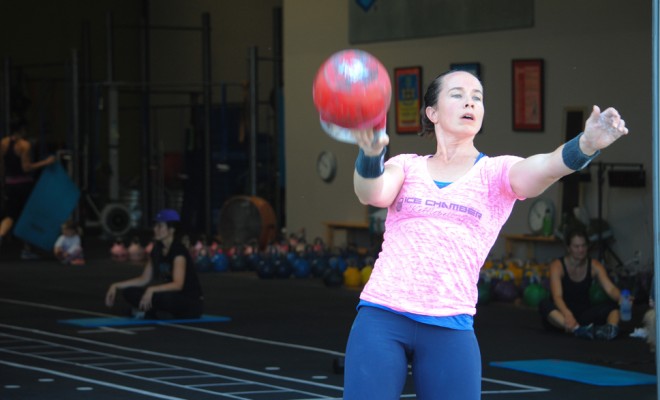
How to Snatch a Heavy Kettlebell like a Pro
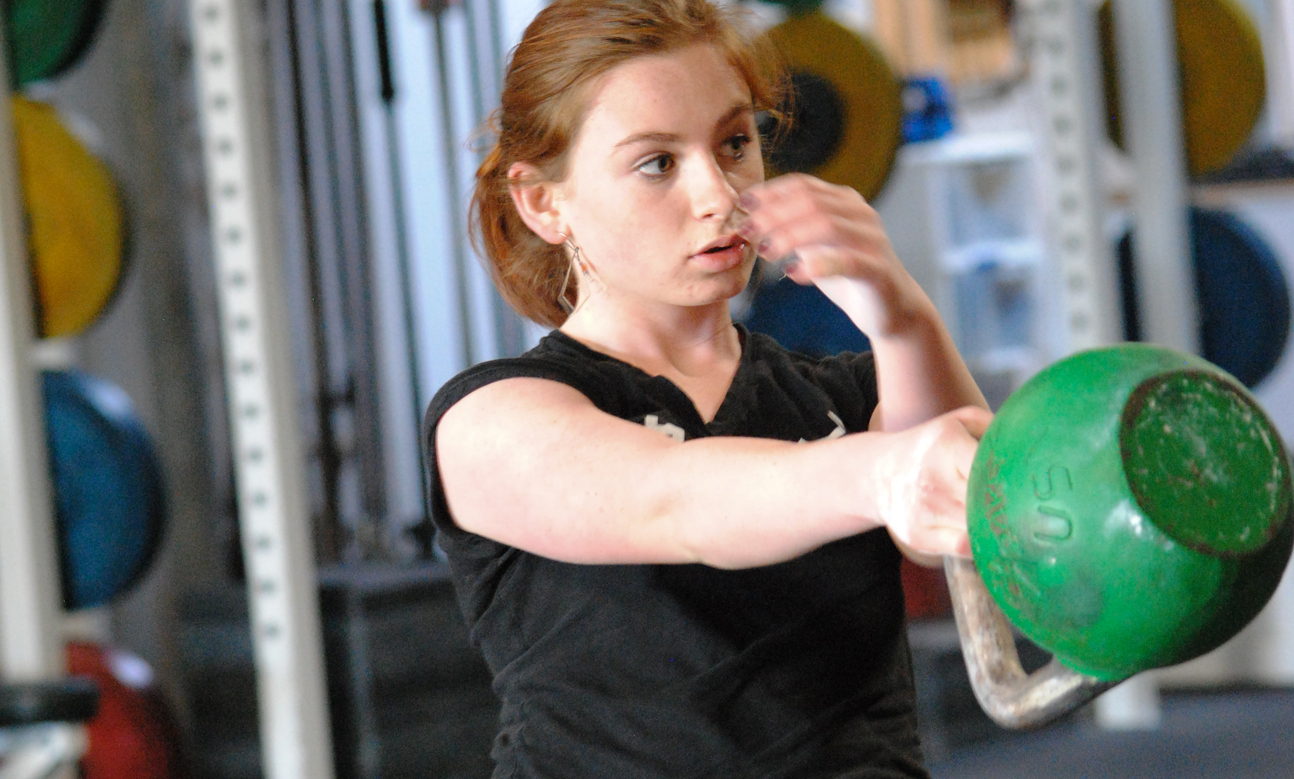
The subject of snatch is a hot topic in the Kettlebell Sport community. Mastering this elusive lift is discussed all over social media whether an athlete is excelling exponentially or getting stuck perpetually. Accordingly, advice or “tips” (warranted or not) can spread like wildfire and can in fact, result in more confusion.
So how do we discern what is credible advice? Let’s start by using empirical evidence as a means to filter out the noise.
At Ice Chamber, we believe the efficacy lies in the ability to produce a repeatable and consistent approach to snatching a relatively heavy kettlebell (20-24kg for women / 28-32kg for men) using all five points of the following guideline.
1) Be injury free (this includes no ripped hands or blisters)
2) Sustain at least 3 minutes per arm
3) Sustain a consistent pace of 12 to 14 reps per minute
4) Keep heart rate at 85% of maximal or lower at the end of the set
5) Keep the pendulum intact for the duration of the set
These guidelines ensure that the lifter is using a controlled system that minimizes any inefficient use of strength, inconsistent form, and questionable fixation. It also allows a lifter to test her ability to properly mitigate adverse forces when dropping a heavier load.
The embedded videos highlight Melissa and Rylee’s snatch proficiency using 32kg and 24kg kettlebells respectively. The videos provide freeze frames to illustrate the foundational phases and their relative body positions in a complete snatch cycle.
It is important to note that with the great variance of individualized nuances among elite snatchers, a competent examination of snatch efficacy is not technique driven – but rather, principle driven.
For example, here are important laws we abide by whenever we snatch.
Four Basic Principles of Snatch
1) The body must be in balance during every position and transition in the lift.
2) Gravity must work for not against you.
3) The body must not disrupt the pendulum.
4) The kettlebell trajectory must emanate from the shift in body weight.
While there is no way to win a subjective argument for the best approach to discern great snatch information from the mediocre, we feel the guidelines and principles presented above are a good litmus test to measure control and technical precision. Simultaneously, we must also be conscientious of the concept that “knowing” and “doing” are two different things. There is no magic pill that can beat thousands of “trial and error reps” in practice. In order to snatch a heavy kettlebell like a pro, we need to do our due diligence – combining knowledge, practice, physical training, patience, and perseverance. Now go snatch!

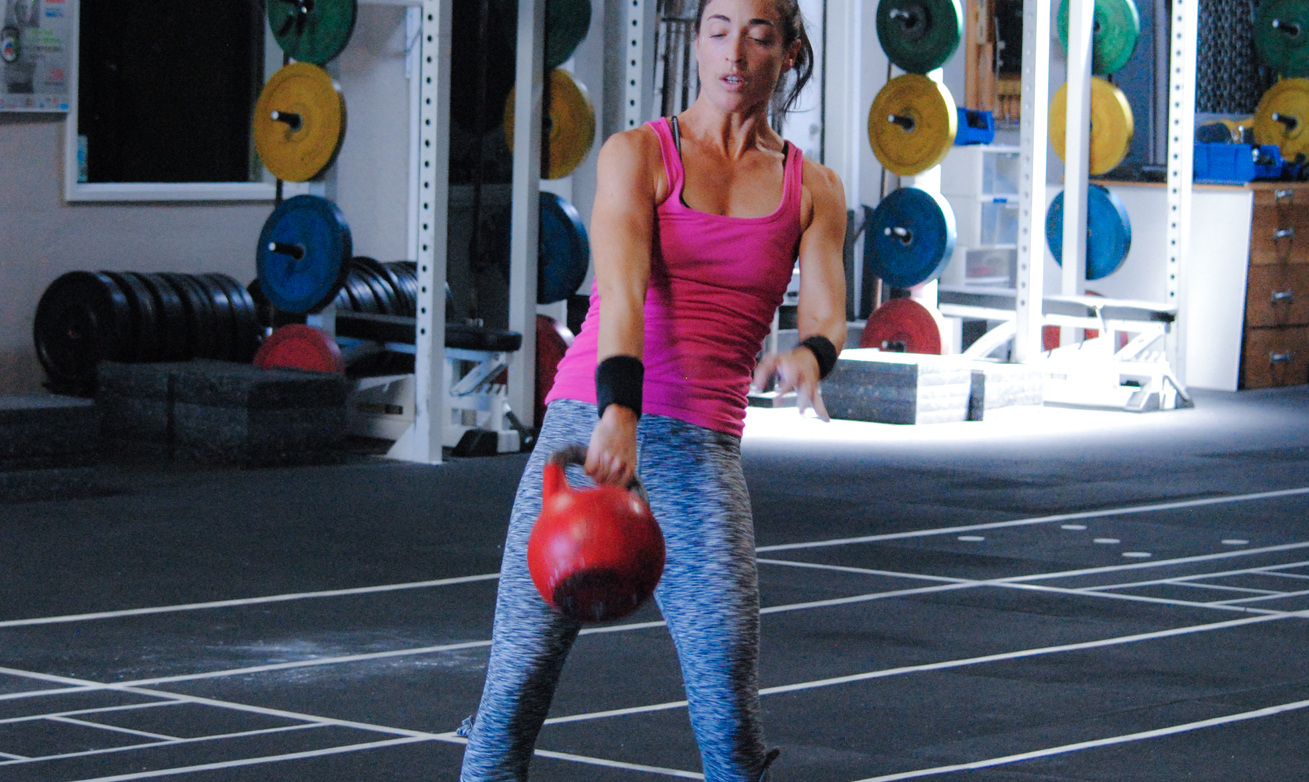
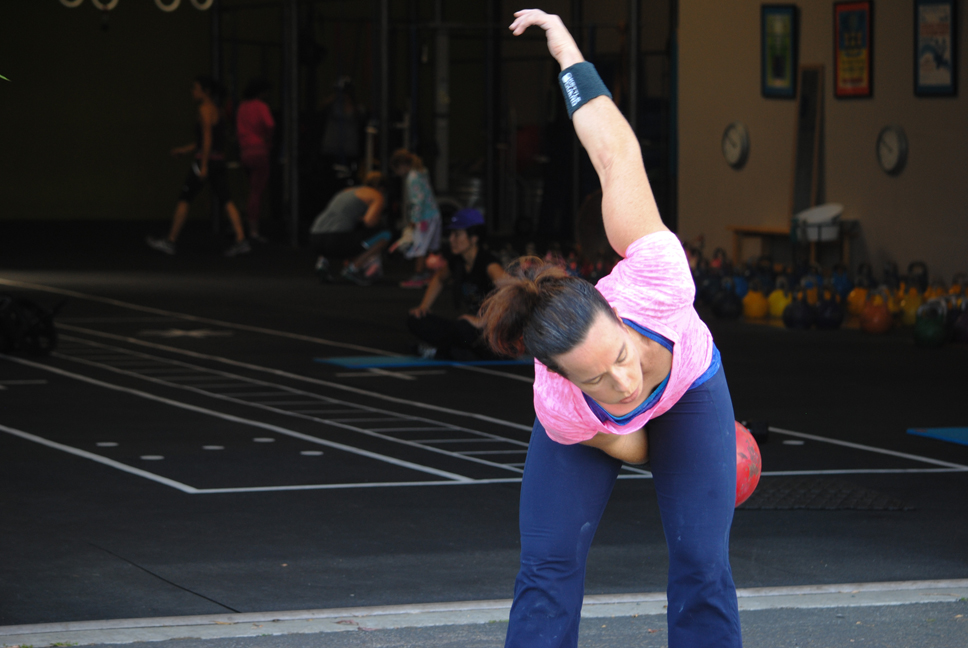
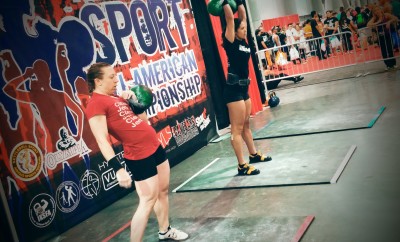

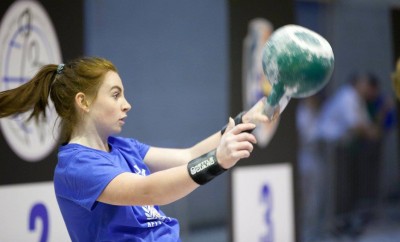



Pingback: How to Snatch a Heavy Kettlebell like a Pro - Reynolds Performance Club